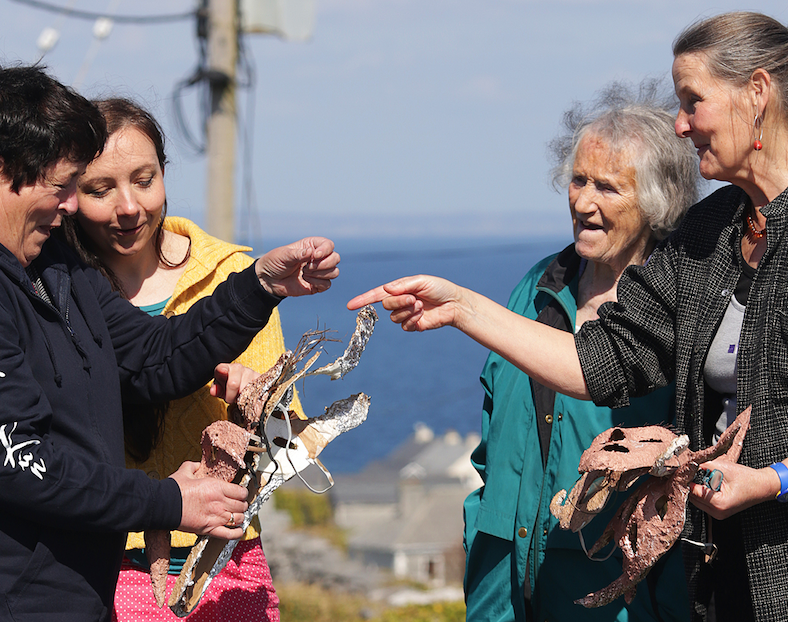Entering Other Territories
Maeve Collins with others…
A Socially engaged art exhibition and public programme, through an encounter with other spheres of life.
Courthouse Gallery 7th-28th Oct 2016
Entering Other Territories is a month long project including an evolving exhibition, workspace, and Public Engagement Programme (see Public Programme list of activities below), created by Maeve Collins and a collection of creatives. The main theme addressed during the project will be the interweaving of art with other spheres of life. Art is entering other territories, moving from the art gallery into areas such as the judicial system, social choreography, experiments with trees, or bread making as a way to explore the folding of time.
We kick off with an Opening Night Market, (7th Oct at 8pm) to officially launch the exhibition and to create a dynamic and interactive space for people to purchase local (art) products from community practitioners, in the company of musicians who trade through diverse forms of transaction, facilitating conversations about art and economics. It promises to be an opening night to remember and a fun way to kick off the community orientated public programme, which will be a vital component throughout.
For the duration of the project, the Courthouse Gallery will function as an information hub on Maeve’s socially engaged art practice. The exhibition will develop over time, reaching its ultimate form on the closing date. Work will take the form of physical material works such as drawing, embroidery, sculpture and photo works, presentations, participatory performance, workshops, and field activities, inviting both the general public and community of interest groups already established or found. Other functions that the gallery space will take on include: an open studio, a sound and dance space, Courthouse (again) and a relaxation zone. Ennistymon is at the centre of a rural catchment area with a high coefficient of art, and the project will report on, curate and collaborate with other social practitioners in the area, shifting the centre of gravity from the work of art to reports from other fields of life.
One of the key questions raised through the length of the project is around the capacity of the artist, in a world where individual’s obligations to the community are being redefined and new global challenges arise. We will examine the status of the artist today, when persons dabbling in this sort of ‘post-art’ (Wright) are redefining the role and position of the artist. Must the work of artists be materialized in the tangible form of works of art? What role can be performed by the gallery when art is gravitating toward non-artistic circles, and, in so doing, as Stephen Wright says “loses the characteristics that have previously defined it as art?”
